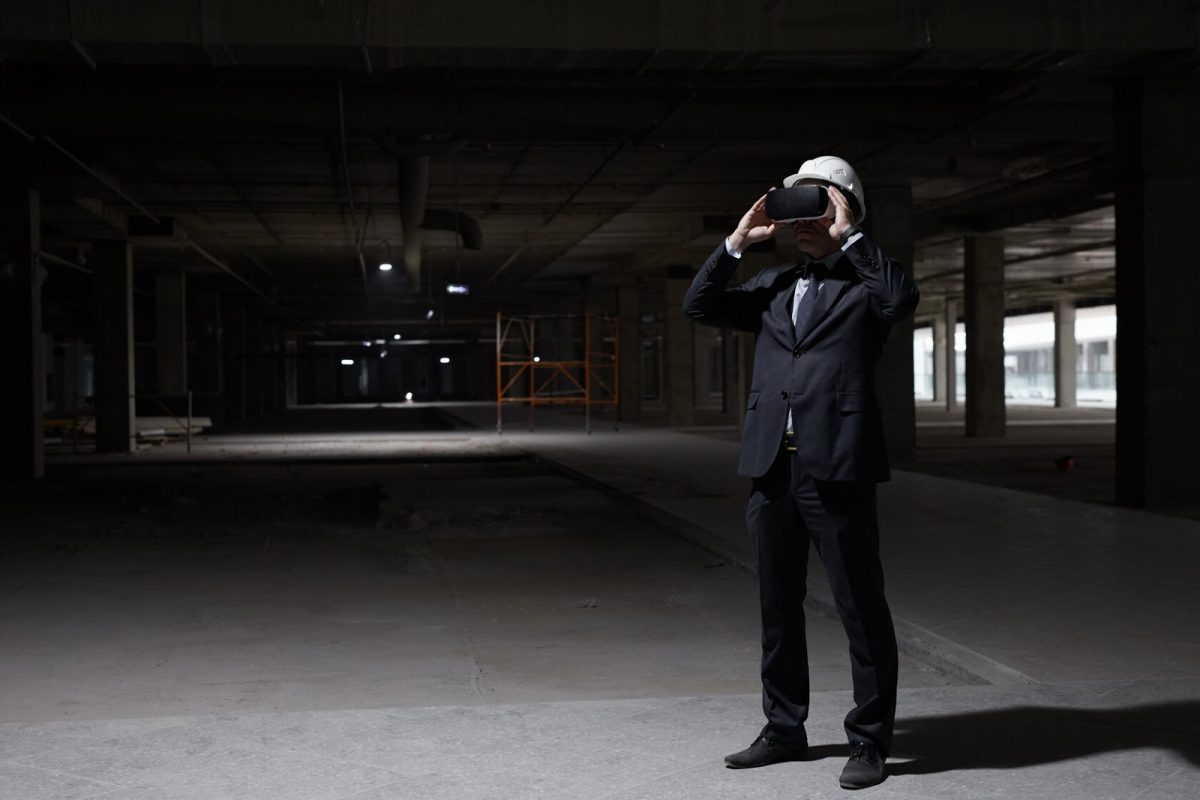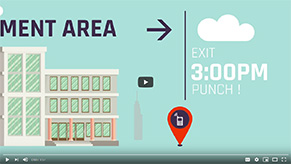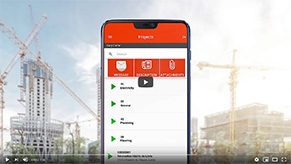
10 December, 2020
Mobile-Punch
SHARE
How technology is changing the construction industry
Despite the fact that the construction sector seemed to be one of the most reluctant to technological change, the transformation of consumer needs forced the sector to reinvent itself by introducing digital technology in construction.
Technology has made construction sites safer for workers and helped increase productivity, improve communication and tackle more complex projects. In this article we highlight the most noteworthy technological trends impacting the construction industry.
What is construction technology ?
Construction technologies are used during the different phases of a construction project and help the evolution and improvement of field construction methods, including automated and semi-automated construction equipment. Construction technology refers to a collection of innovative tools, modifications, machinery and software. This technology can be used in all kinds of construction projects, ranging from small residential houses to massive industrial plants.
Construction technologies are a set of engineering techniques that are applied to structural construction processes. They are also used in the design of transport systems, in industry and in energy-related projects.
What seemed futuristic and unreachable 20 years ago such as robots, drones, 3D printing, augmented and virtual reality, and connected equipment is now already being used on job sites across the world. The construction industry has long been hindered by outdated workflows, making projects inefficient in some cases. This is where technology comes in handy to increase quality and drive productivity.
Technological trends in the construction industry
With many parties on a job site, from contractors to project managers, communication can easily get lost. Innovative technology helps teams in the construction industry become more collaborative, productive and efficient. Here’s a list of technological trends that are revolutionizing the industry.
Software and Mobile technology
Mobile apps and software make it possible to manage every aspect of a construction project and reduce risk. Before this, project managers had to rely on on-site servers to use the construction software needed to plan and track the progress of a project. Thankfully, nowadays project managers have access to management software that simplify everything from scheduling to project management and reporting to managing their back office. Tools like this help increase team productivity significantly.
Most of this software is cloud-based, which allows everyone to access real time data. This way, both office and remote employees, get the same visibility into project status and can easily update tasks using a mobile device. Mobile-Punch’s app helps thousands of companies in Canada improve productivity, better manage project costs, and reduce time spent managing timesheets.
Advantages of mobile technology
Building information modeling (BIM)
Building Information Modeling (BIM) is an intelligent 3D model-based process used to create a digital representation of the physical and functional characteristics of a facility. BIM gives architecture, engineering and construction professionals the insights and tools needed to plan, design, construct and manage buildings and infrastructure in the most efficient way.
All the changes in the model are done in real time and constructors working on the project can easily access this information. BIM is shaping the future of the construction industry by transforming the way in which construction projects are carried out.
Virtual Reality
Virtual Reality (VR) in construction is the next 3D modeling. It involves a detailed virtual model of the project and allows the user to fully immerse himself/herself into the virtual space. The possibility of visiting unbuilt spaces with virtual glasses allows clients to understand the vision of general contractors and fully grasp what is going to be built. It eliminates barriers and reduces conflict between construction professionals, designers and clients. It also makes it easier for team members to collaborate in real time, communicate about details and issues and immediately make decisions about changes.
Augmented reality
Augmented Reality (AR) in construction is used to place a 3D model of a proposed design onto an existing space using mobile devices and 3D models. Virtual Reality replaces the real world with a simulated one, whereas Augmented Reality takes the real world and adds to it the 3D model in question. AR has plenty of design and construction uses beyond visualization. It allows teams to virtually walk through the completed model and collaborate about changes that have to happen between design and construction.
Artificial Intelligence and machine learning
Artificial Intelligence (AI) and machine learning solutions can help the construction process in many ways. It can help improve safety, productivity, quality and vital measures. This technology doesn’t take humans out of the equation, it simply helps them do their jobs more efficiently. Machine learning can automate routine tasks and help with design and planning. This way humans can spend their time focusing on key strategic issues and let their creativity flow.
Construction companies are in the midst of a technological revolution that has far-reaching implications for site safety, risk management and insurance. AI and machine learning are a game changer for the construction industry as well as the insurance industry seeing as they provide high-tech ways to increase workers’ safety.
Robotics and Drones
The construction industry, being one of the least automated industries that features manual-intensive labour as a primary source of productivity, is in need of robots and drones for its development. Drones are already heavily used in many construction sites. They are very beneficial in that they save a lot of time and money. They can be used to survey an entire site in just a few minutes instead of taking several weeks or even months. They can also be used to deliver materials on site, especially in the case of high-rise buildings.
As for robotics, the insurance companies are already investing a lot of money in them. As they grow even more precise and accurate, increasing safety and efficacy, they are becoming a commanding force in the construction industry.
Wearable technologies
With the technology advancements we’re witnessing today, it should come as no surprise to see wearable technology becoming an emerging trend on job sites. We’re talking here about Fitbit, 3D glasses, Google Glass and armbands. These hands free devices allow the wearer to teleconference with remote colleagues while in the field, give them access to building plans and to even make modifications while on-site. Additionally, it can help track where contractors are if there’s an accident. Considering the help this technology can provide, it’s going to become mandatory at some point in the future.
3D printing
3D printing has come a long way in such a short period of time. It makes it possible to print out an entire house 3D model faster and cheaper than the traditional method. This technology pushes the boundaries beyond the designer’s table by printing a three-dimensional house model and building it up layer by layer. 3D printing reduces material waste and saves time and energy. It also allows fast delivery of materials and reduction of additional useless steps during the construction process.
Analytics
In the construction industry, analytics help contractors reduce the margin of error by analysing material costs, timelines and more. Data is extremely useful to improve productivity and efficiency. It provides insights into potential problems, which help contractors adjust projects to prevent them from happening. It can be used to generate more accurate orders for future projects, prevent expensive surpluses or determine optimal timing for construction phases.
Need help tracking your construction projects and managing schedules?






